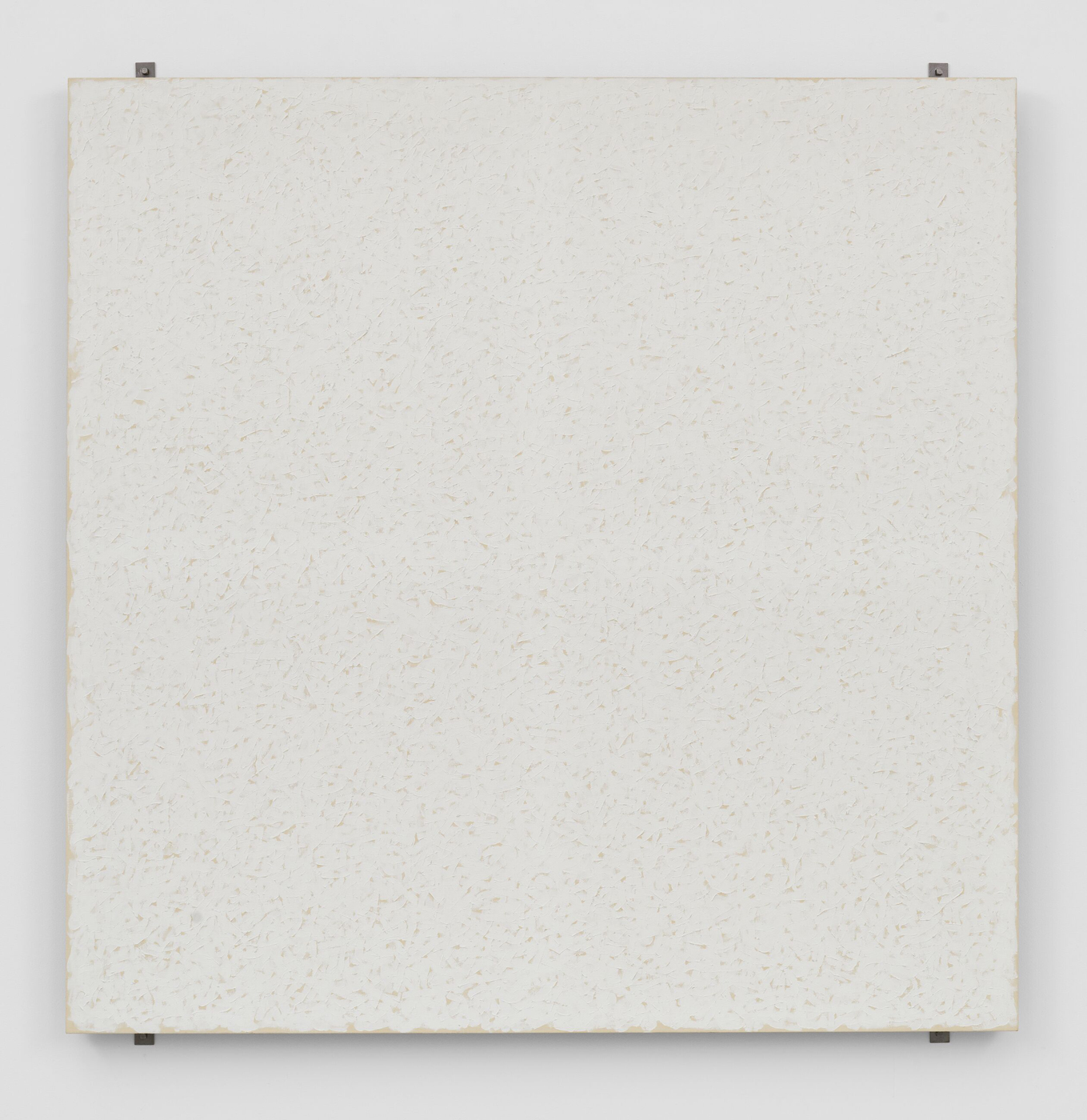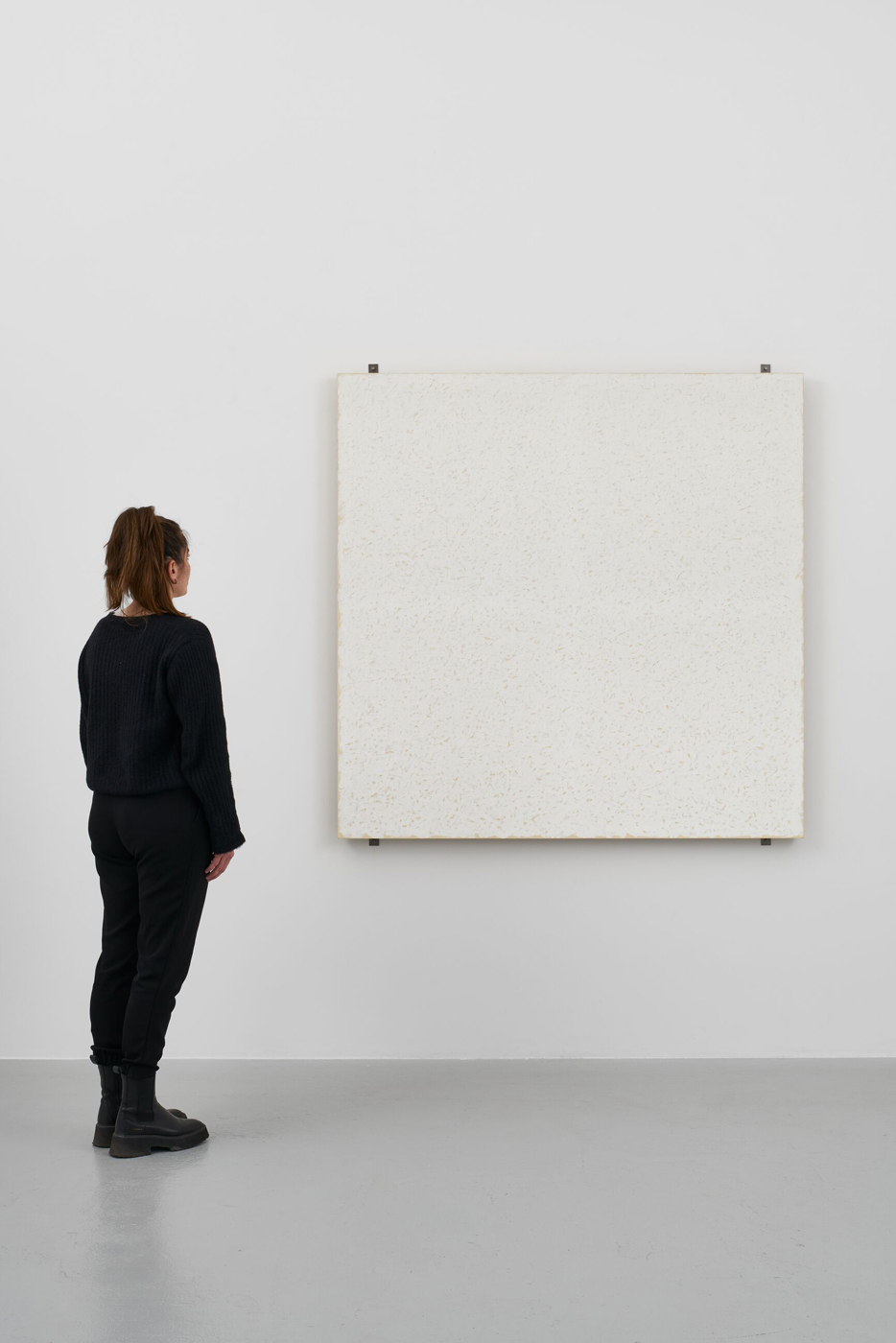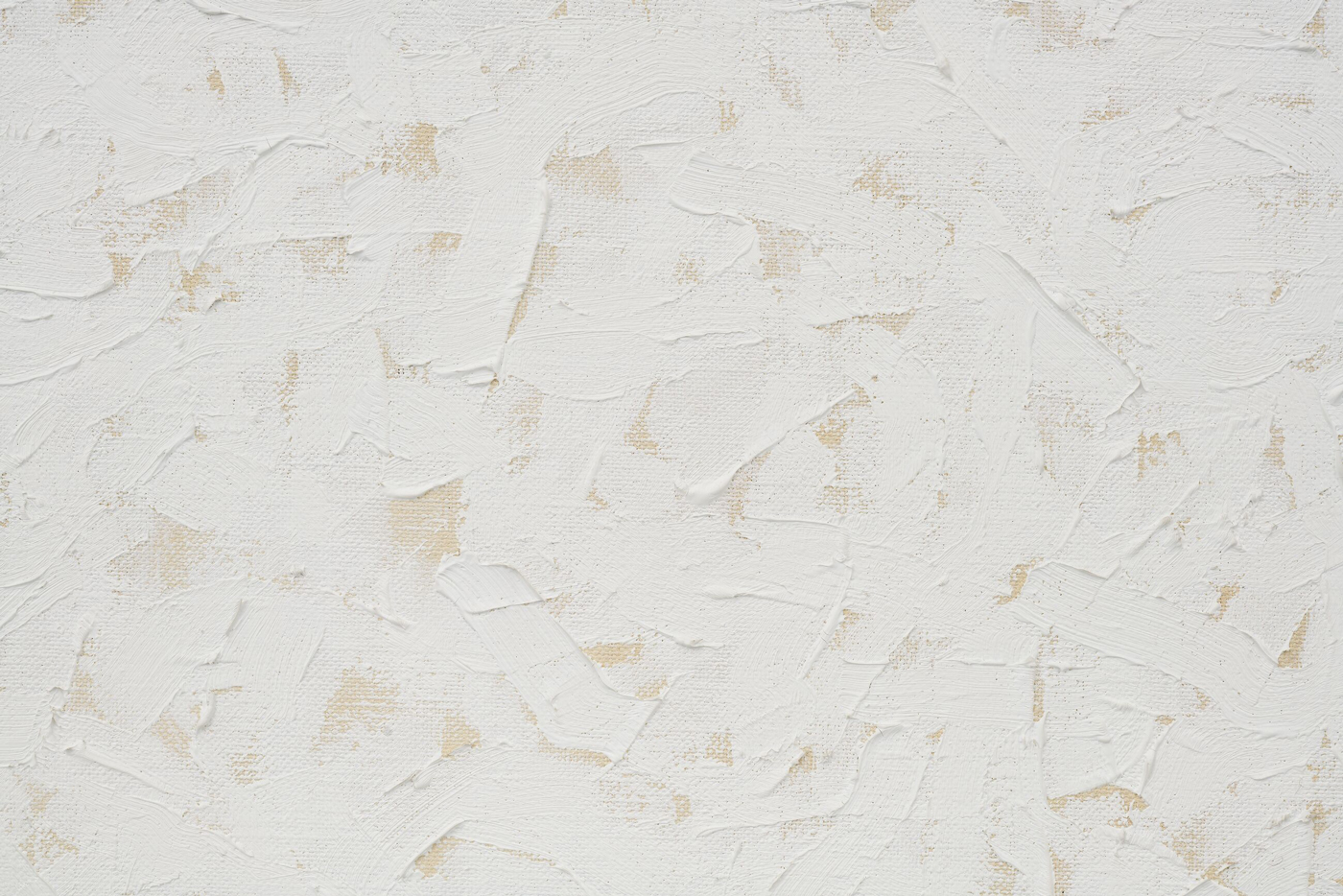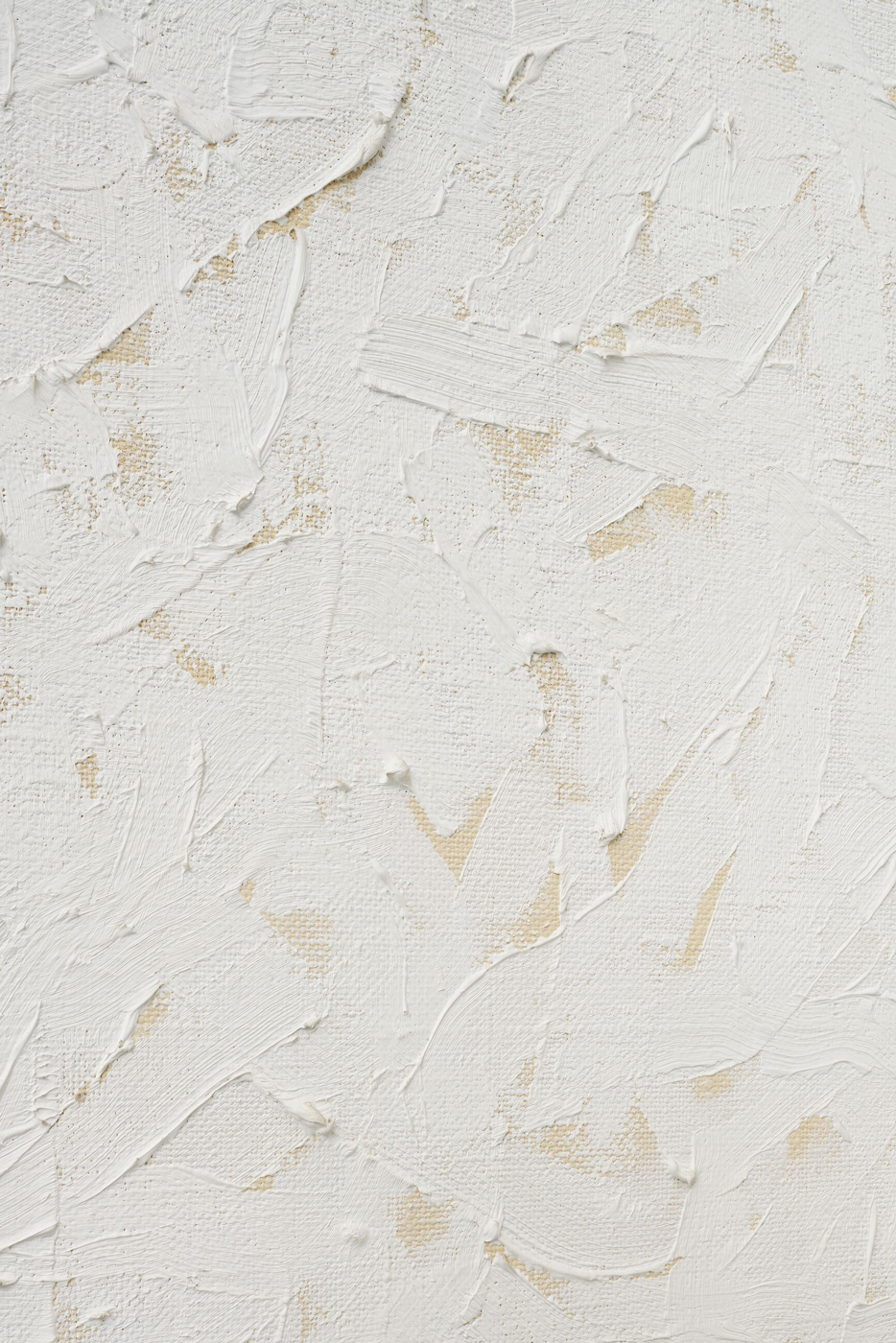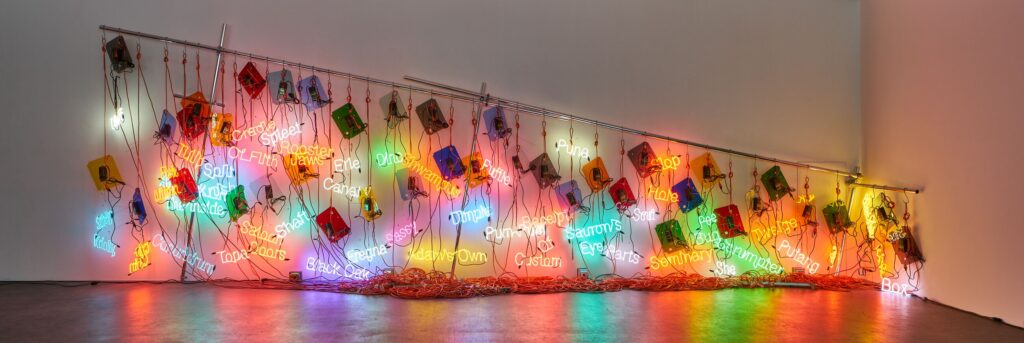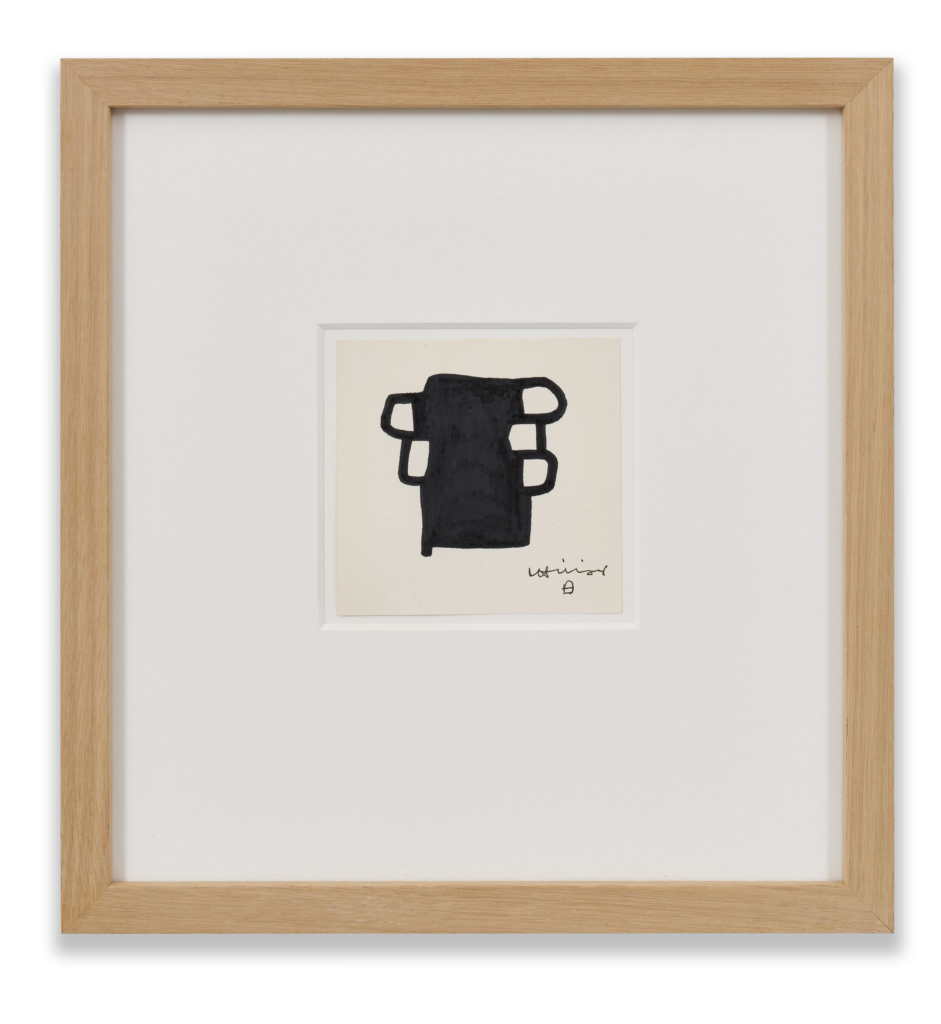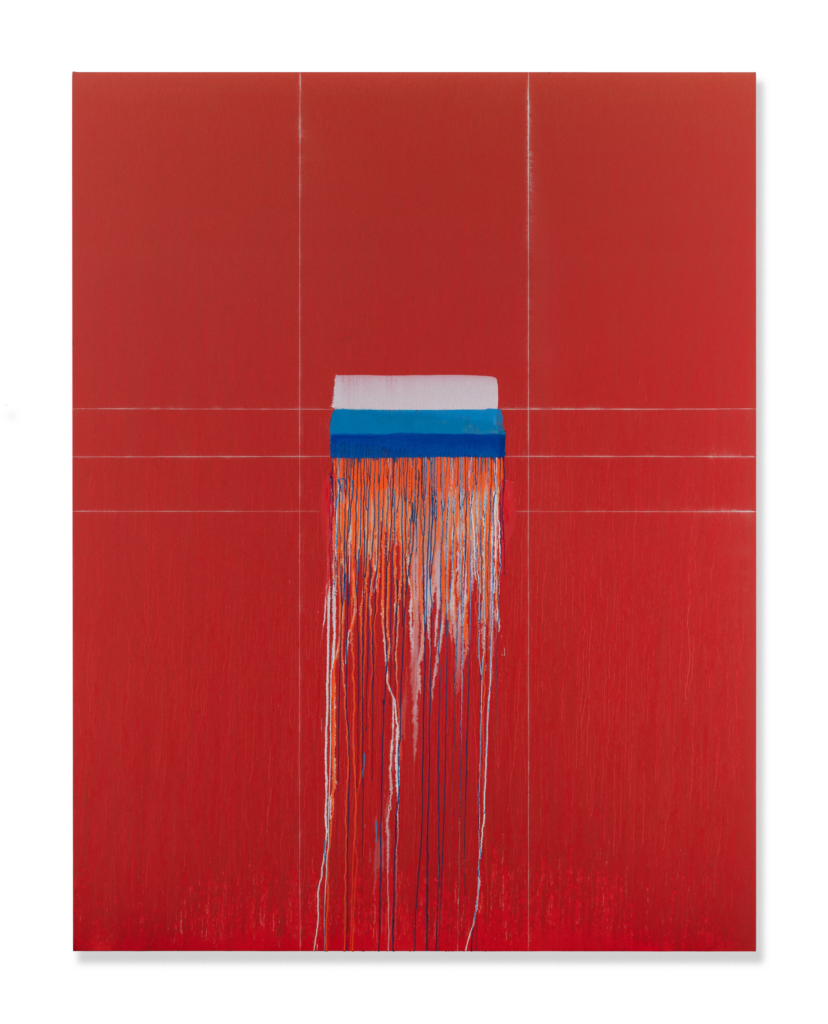Robert Ryman
Marquis
Price available upon request
1977
Oil on stretched cotton canvas with four metal fasteners and bolts
159.1 x 152.6 x 6.7 cm / 62 ⅝ x 60 ⅛ x 2 ⅝ in


 1
/
1
/

‘Marquis’ (1977) belongs to a seminal body of work in Robert Ryman’s celebrated oeuvre that marks an important turning point in his radical practice. After limiting his works to the color white and a square format, Ryman permutated and varied these constants through texture and scale, demonstrating the pictorial complexity he could achieve despite the restricted vocabulary. Then, in 1976, he began to incorporate hanging systems into the composition of his paintings, using fastenings with both visual and practical functions. ‘Marquis’ is one of Ryman’s earliest works with exposed fasteners, examples of which can be found in important museum collections around the world, including the Museum of Modern Art, New York, the Hamburger Kunsthalle, and the Centre Georges Pompidou in Paris. Exemplifying Ryman’s most important innovations, ‘Marquis’ marks a pivotal moment in the artist’s oeuvre and the development of postwar art.


‘When the painting is removed from the wall it loses its composition and ceases to exist. Without the fasteners it is not complete.’
—Robert Ryman [1]
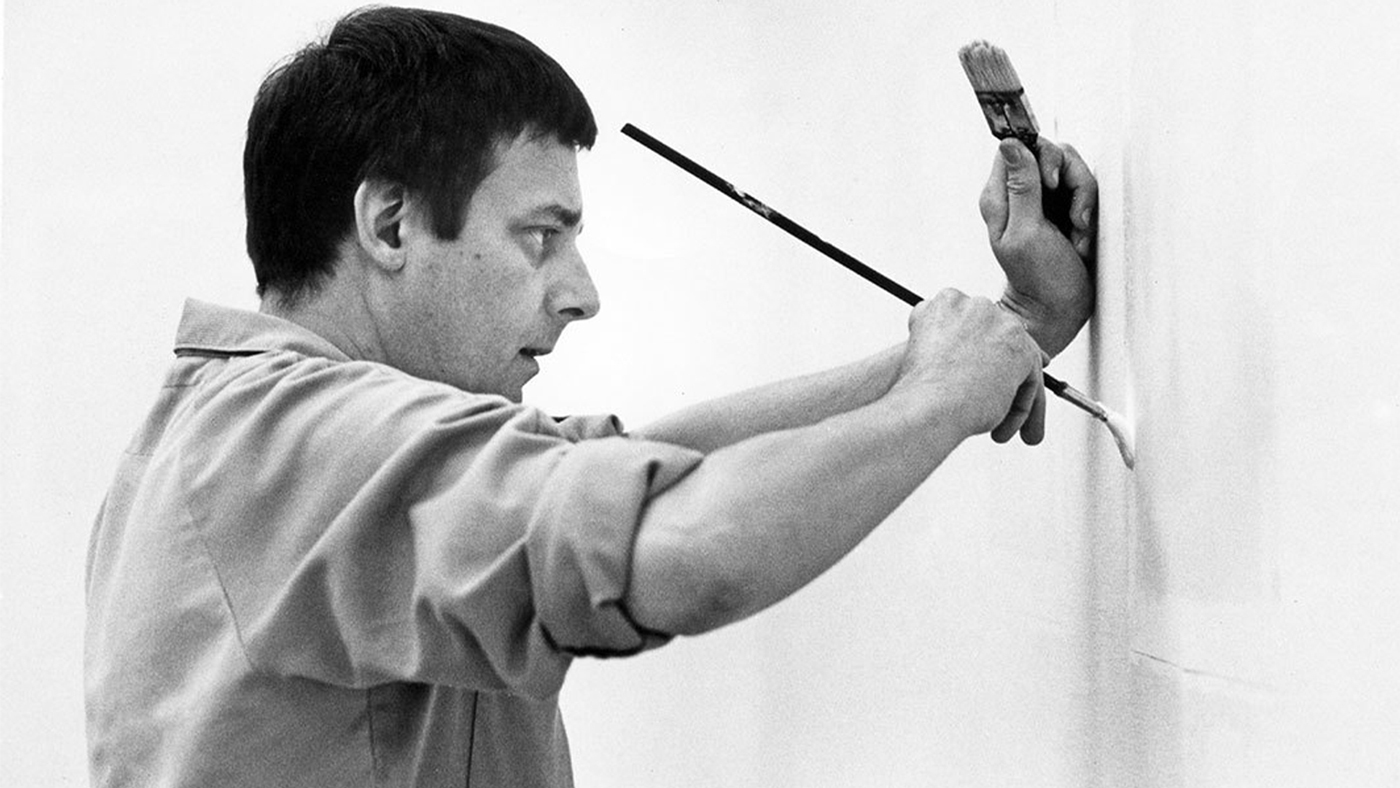
About the artist
Born in Nashville, Tennessee, Robert Ryman (1930 – 2019) moved to New York City in 1952 with the intention of becoming a professional jazz saxophonist. By the following summer however, Ryman was working as a guard at the Museum of Modern Art and creating some of his first paintings. Ryman’s first years as a painter and guard coincided with the Museum of Modern Art’s increasing recognition of abstract expressionism, with paintings by Jackson Pollock, Willem de Kooning, Mark Rothko and Clyfford Still entering the collection. His daily exposure to the New York School, alongside masterpieces by Matisse, Cézanne and Picasso had a profound impact on Ryman, who became fascinated with isolating and exploring each element of a painting, including material, scale and support. Limiting himself to the color white and square canvases allowed him to focus his viewers’ attention on these elements and the circumstances in which a picture is experienced. Today, his iconic white paintings are considered an important link between abstract expressionism and minimalism.
Artwork images © 2023, ProLitteris, Zurich. Photo: Jon Etter
Robert Ryman installing an exhibition at Palais des Beaux-Arts, Brussels, September 1974 © 2023, ProLitteris, Zurich. Photo: Robert Ryman Archives
[1] Interview with Robert Storr in ‘Abstract Painting of America and Europe’ (Vienna, Austria: Galerie Nächt St. Stephen, 1988), p. 219.



